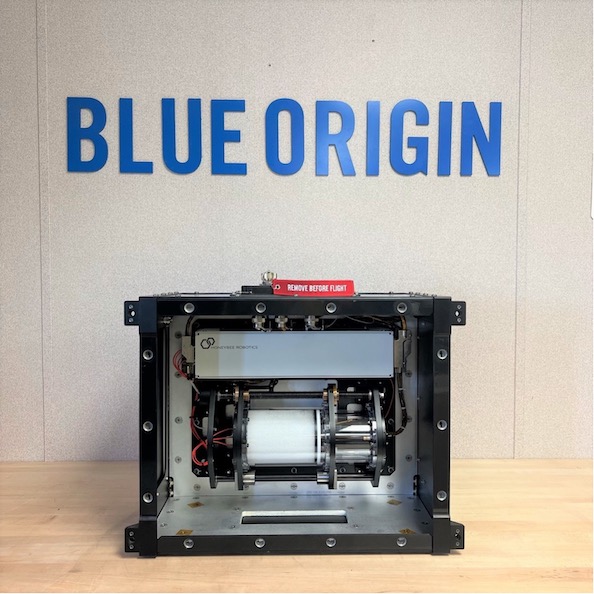Asteroid Soil Strength Evaluation Tool (ASSET)
PI: Kris Zacny, Honeybee Robotics, Ltd., Dean Bergman (Co-I), Honeybee Robotics Ltd. - Brooklyn
PI: Kris Zacny, Honeybee Robotics, Ltd., Dean Bergman (Co-I), Honeybee Robotics Ltd. - Brooklyn

- NA
Near-Earth asteroids (NEAs) in cislunar space have high potential for commercial activity due due to their low delta-vand abundance of various materials. However, missions to small extraplanetary bodies (including comets) are expensive and engineering intensive. Risk for these missions is high due to poor knowledge of their surface behavior and regolith strength. Soil strength is critical information for any geotechnical design and is a function of two parameters: cohesion and friction angle. Cohesion is normally gravity independent, while friction is gravity dependent (and should be zero if there is no gravity). For asteroid materials (regolith), cohesion is driven by Van der Waal forces and, in turn, can be easily calculated and modeled. However, the friction angle and how it affects bearing capacity and strength of small bodies is very difficult to model or derive from fundamental principles.
This rocket-powered flight campaign aims to address these challenges by helping researchers determine the effect of microgravity on regolith friction angle. This knowledge will help bracket small bodies’ strength, improve scientific understanding of small bodies, and help in future development of optimal sampling and landing approaches.
This work is related to (but not a continuation of) previous flight testing under T0182.
•NASA mission planning
•Commercial mining and aerospace organizations
•U.S. Geological Survey projects
Technology Details
-
Selection DateTechFlights20 (Sep 2020)
-
Program StatusActive
- 0 sRLV
Development Team
-
PIKris Zacny
-
PI OrganizationHoneybee Robotics, Ltd.
-
Co-IDean Bergman
-
Co-I Organization
-
Sponsor

